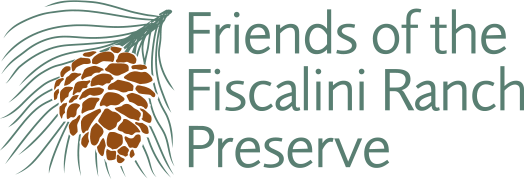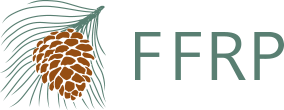2023.05.25 | Be Watchful: Spring is Mule Deer Fawning Season
Mule deer (Odocoileus hemionus) have their fawns in late spring and early summer after almost seven months of gestation. Does give birth to one, two, or even three spotted fawns weighing five to six pounds each. These newborn fawns are especially vulnerable to the dangers posed by people, cars, and dogs.
While they are very young, fawns cannot outrun threats, so they safeguard themselves by lying still. Unfortunately, the season when fawns protect themselves by hiding in tall grass coincides with fire clearance season. Especially with this year’s very lush growth, it is important to check an area thoroughly for fawns before mowing. They will not give away their position by moving, even at the cost of their lives.
Like adult deer, fawns seem distressingly unaware of the danger of vehicles. When an adult doe crosses the road, it is often followed by one or two fawns. Please be alert to this added risk while the fawns are very small and unsavvy about automobiles.
Once they are a bit older, fawns will run headlong into a road or a fence to escape danger. Sometimes a dog’s playful romp ends up with a fatal injury to a fawn who is not in on the game. It is vital to keep dogs on leash on the Fiscalini Ranch Preserve to protect young wildlife.
If you should see a spotted fawn on its own, chances are good that the doe is nearby watching. Unless you have witnessed the death of the mother deer, you should leave fawns where they are. Cambria has a dense deer population and the deer you see by the side of the road may not be related to the nearby fawn. The very best thing for fawns is to be raised by their own mothers.
If you do find an injured or abandoned fawn, contact Pacific Wildlife Care at (805) 543-9453. Their trained volunteers will offer advice and rescue if the animal is very young. Please be prepared to give a detailed description of the animal’s location.
Here on the Central Coast, we are fortunate to share our community with an impressive diversity of wildlife. To help them thrive, everyone must be mindful of their young.
Article first published in https://cambriaca.org/



.JPG)